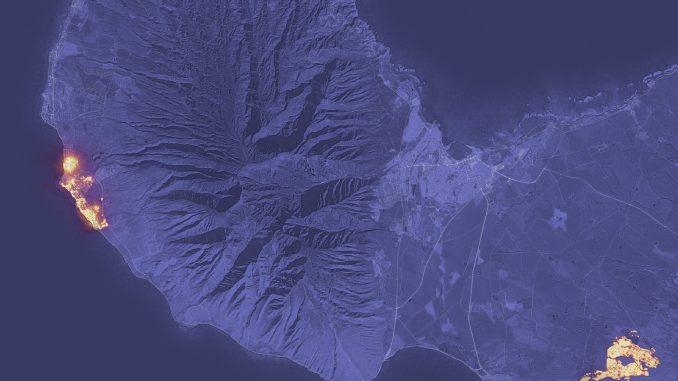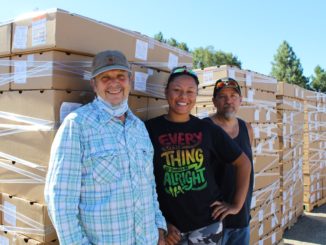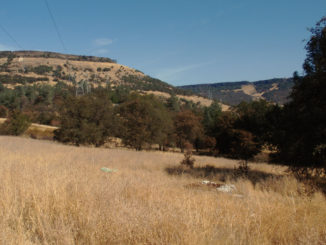
Butte County can relate to the devastation wrought by the wildfire in Maui better than arguably any other community in the world. For anyone who lived here during the 2018 Camp Fire, the videos shared by Hawaiians fleeing the flames on Aug. 9 hit close to home. Indeed, the images of chaos and destruction are painfully reminiscent.
Suffice to say, we empathize wholeheartedly, especially with the residents of Lahaina. That beloved beach town was utterly destroyed, much like our own town of Paradise. As of the CN&R’s deadline, 115 people had been confirmed dead. The disaster is officially the deadliest blaze in modern American history since the Camp Fire, a mass-casualty event that killed 85 people, many of them elderly.
As of this writing, the origin of the island fire remains unconfirmed, but the circumstances are eerily similar to what occurred in Butte County. The deadly combo: drought conditions, strong winds, and downed power lines. As was the case with PG&E during the Camp Fire, Maui’s electrical provider, Hawaiian Electric, reportedly kept the power on despite wind gusts of up to 80 mph. Another familiar factor: Public safety bungling evacuation efforts.
As we know from our local tragedy, the consequences of extreme weather events driven by climate change are long-lasting. Case in point: It’s been nearly five years since the Camp Fire and, despite rebuilding efforts, Paradise is less than one-fifth of its former population. Beyond that, there’s the psychological toll. For those who fled the Ridge back on Nov. 8, 2018—or lost loved ones, or were first-responders, etc.—the trauma likely will remain with them for the rest of their lives.
In the months to come, the extent of the destruction in Maui will be revealed. As of this writing, more than 300 people were still missing. As we know first-hand, it’s likely to take quite a long time to locate and identify all the victims. During this time of uncertainly, loss and grief, we want to convey our utmost sympathy.
In addition, we encourage our readers to consider giving to recovery efforts. As we learned during the Camp Fire, funds are best spent when given to an affected area’s local nonprofit organizations, which are dedicated to aiding the places they regularly serve and will be there once the parachute reporters leave, the headlines start to fade, and the community begins to rebuild. Our suggestion is the Hawaii Community Foundation, which, similar to the local North Valley Community Foundation and its Butte Strong Fund, has created a Maui Strong Fund (hawaiicommunityfoundation.org).
Finally, our thoughts go out to locals for whom the disaster in Maui triggers anxiety and depression. You aren’t forgotten.
Editor’s note: This editorial, originally published online Aug. 10, was updated Aug. 31 with the latest developments in the aftermath of the wildfire.




Thank you, N and R. Sending $ now.